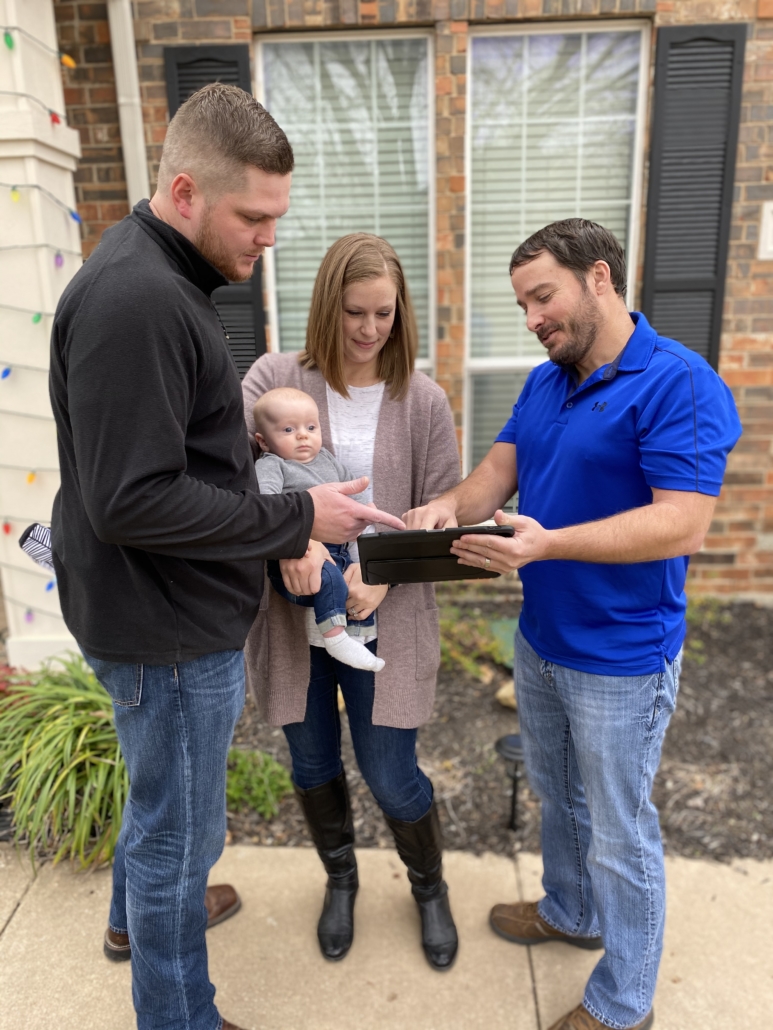What to Expect From Your Inspection
Whether you are buying, selling or maintaining your home, Slab to Shingle Inspections provides professional and quality service from the moment you call. There are a thousand items to observe and report on during a home inspection. Your Certified Professional Home Inspector will be on the roof, under the house, in the attic, in electrical panels, and in every single room. We will take our time and go through everything that is required by the State of Texas and more, documenting thoroughly as we go. Once completed, your inspector will walk through your home with you, go through your report, and teach you as much as you want to learn. At Slab to Shingle, we strictly follow the Standards of Practice for home inspectors established by TREC (Texas Real Estate Commission).
After walking through the home together, your inspector will personally explain the general condition of the home and systems with you and your agent and explain any major issues that need to be addressed sooner rather than later. Your Slab to Shingle Inspector will also discuss the items that you will want to keep an eye on for deferred maintenance. All of this will be detailed in our easy-to-read Spectora report, which will be delivered in HTML and/or PDF format. From that report, you’ll be able to see the items that were discussed, with images for reference.
As always, at Slab to Shingle, we are available 24/7 even after your inspection if you have questions or concerns about your home or inspection. We are here to provide you peace of mind from slab to shingle.


